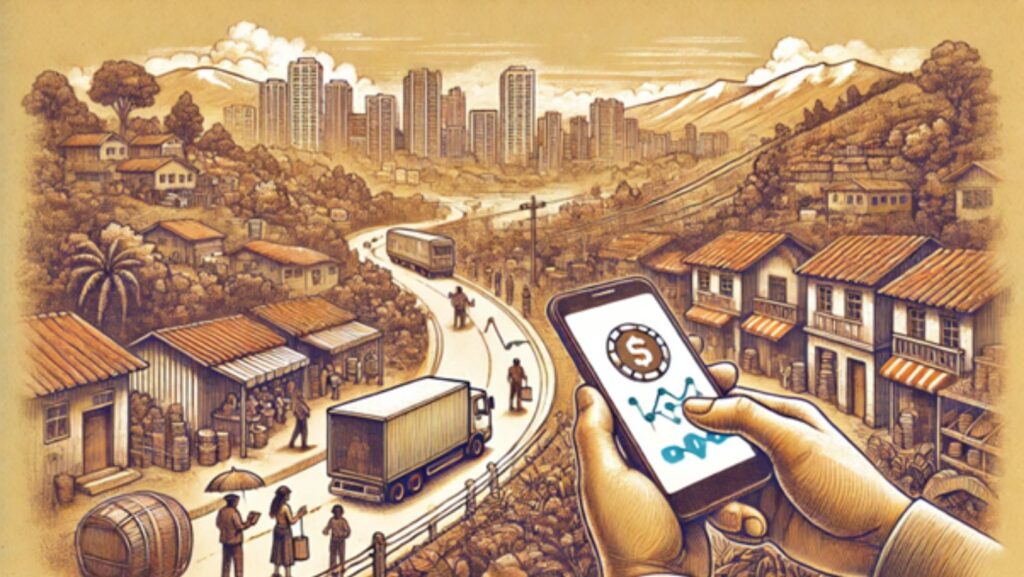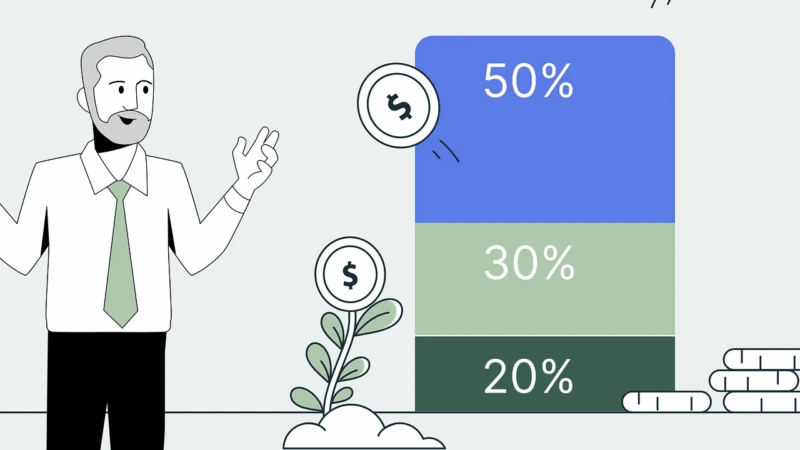
Latin America’s shift to digital is changing how people interact with products, services, and entertainment. E-commerce’s growth is impacting not just retail, but also online entertainment. Real money online casinos, for example, are now popular, offering easy access to games from home, a concept rapidly gaining traction in the region.
Beyond convenience, digital platforms like e-commerce sites and online casinos offer secure, diverse experiences. With better payment solutions and wider internet access, Latin Americans now have more ways to connect, shop, and play.
Key Trends in Latin American E-commerce
E-commerce in Latin America is rapidly expanding, with annual online sales rising by over 20% in recent years. High smartphone ownership is a major factor; in Brazil and Mexico, more than 70% of the population owns smartphones and frequently shops online. Affordable mobile data makes shopping from devices easy. Groceries, electronics, and clothing are popular online categories, reflecting a shift in buying habits.
Social media is also driving e-commerce growth. Platforms like Instagram, Facebook, and WhatsApp connect businesses directly to customers. In 2023, Latin Americans averaged 3.5 hours daily on social media, creating ample opportunities for ads and influencer campaigns.
Local brands are adapting by creating tailored e-commerce experiences that reflect cultural preferences.

MercadoLibre, the region’s Amazon equivalent, saw active users rise by 31% in 2022. It uses local payment methods like MercadoPago to address regional challenges, build consumer trust, and set the stage for lasting e-commerce growth.
Barriers to E-commerce Growth in the Region
E-commerce growth in Latin America faces several major challenges:
- Infrastructure Gaps: About 30% of Latin Americans live in rural areas with limited roads and logistics networks, complicating deliveries and affecting customer satisfaction.
- High Shipping Costs: Logistical challenges make shipping costs 50-100% higher than in developed regions. This discourages online shopping and limits competition for local businesses.
- Digital Payment Security: Many shoppers worry about online fraud. Nearly 40% prefer cash-on-delivery over digital payments, showing a lack of trust in online transactions.
- Limited Payment Options: Many people lack access to banking services; in Brazil, 30% of adults are unbanked. This makes alternative payment methods like prepaid cards essential, though they’re still not widely available.
- Regulatory Barriers: Complex tax policies and import/export regulations create obstacles. For example, Brazil’s high import taxes discourage cross-border shopping.
- Slow Internet Speeds: Although internet access is improving, speeds remain low in some areas. Bolivia and Paraguay, for example, have average internet speeds below 20 Mbps, making online browsing and purchases frustrating.
Enhanced logistics, new payment options, and better transaction security are gradually addressing these challenges, supporting e-commerce growth in Latin America.
The Role of Logistics in E-commerce Expansion
Logistics is essential for e-commerce growth in Latin America, as reliable delivery is crucial for customer satisfaction. Delays or inconsistent deliveries can push customers away. Companies like MercadoLibre and Rappi are addressing this by heavily investing in logistics infrastructure. In 2022, MercadoLibre invested over $1 billion in new fulfillment centers, enabling faster shipping and same-day delivery in major cities.
Last-mile delivery technology is also making a difference. Rappi, for example, uses independent couriers and route optimization software to cut delivery times, even in high-traffic areas. This approach speeds up deliveries and creates local jobs, supporting the regional economy.

These logistics improvements are helping reach underserved rural areas. In Brazil, MercadoLibre’s network now spans over 1,000 cities, offering reliable delivery options to remote consumers. By enhancing logistics, companies are expanding their reach and supporting Latin America’s digital transformation.
Why Real Money Online Casinos Are Gaining Popularity
The rise of e-commerce in Latin America has boosted the popularity of real money online casinos. These platforms let people play from home, appealing to changing digital habits. Secure payment methods like MercadoPago in Argentina and Pix in Brazil have increased trust, making online transactions smoother.
Real-money online casinos are tailored to Latin American tastes, offering games with local themes and social features that attract various age groups. Multiplayer games and live chat add a social element to the experience. As Francys Massiel Rondón Zambrano from drapuestas.com notes, “The rise of real money online casinos aligns with Latin America’s evolving digital lifestyle, combining secure payments with tailored entertainment.”
Conclusion
Latin America’s e-commerce growth is transforming retail and online entertainment. Real-money online casinos, supported by secure payments and digital convenience, are becoming increasingly popular among consumers seeking home-based entertainment. Despite challenges like limited infrastructure and payment security, investments in logistics and digital solutions are creating new opportunities. This expanding digital landscape reflects a broader transformation in the region, with real-money online casinos leading new ways to engage diverse audiences.










